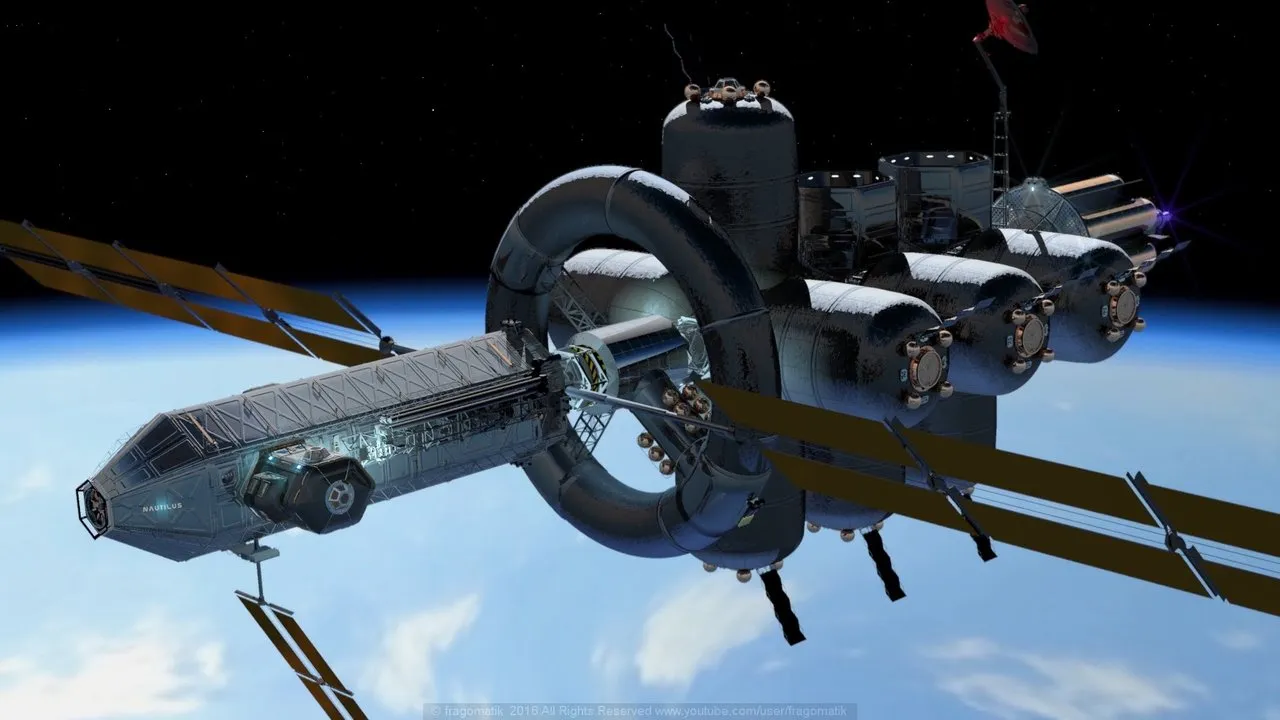
Have you ever looked at the ISS and wondered why it doesn't have thrusters? Why we can't simply fly that whole sumbitch to Mars, such that the astronauts inside can luxuriate in roomy comfort for the duration of the trip? Sadly that's not possible. The ISS wasn't built to withstand the forces involved in escaping Earth orbit.
Its true value was as a testbed. We didn't actually know how to assemble spacecraft in orbit prior to the ISS. The concept appeared so frequently in fiction it was easy to take for granted but we needed actual experience doing it for real, learning what problems commonly arise, how to solve them, etc. before entrusting the lives of astronauts to it.
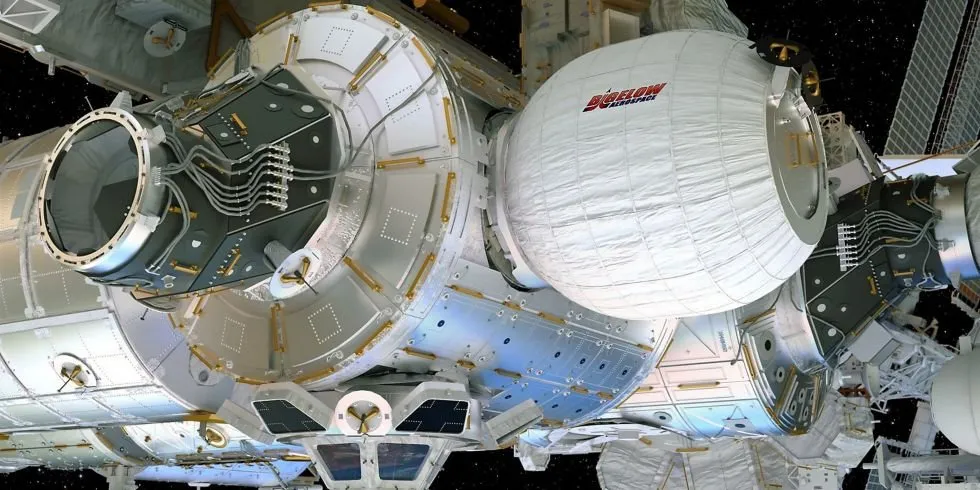
Among other reasons this is why the ISS recently recieved an inflatable module (B.E.A.M.). Besides testing the durability of inflatables in the LEO environment, there exist other NASA design reference studies which assume the use of inflatable modules. Since we've never actually done that before, it's being trialed on the good ol' ISS. A larger, ring shaped inflatable which spins to simulate gravity was planned, but shelved. Not forever I don't think, but pending the results of the B.E.A.M. test.
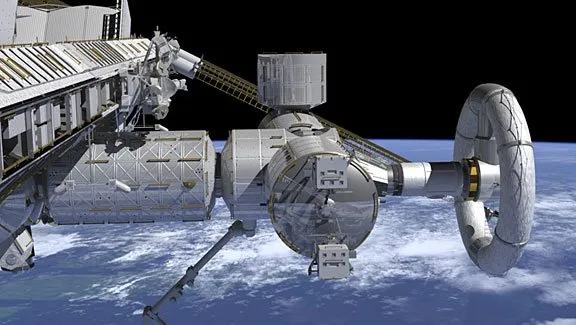
The Nautilus-X centrifuge demonstration project is a modest first effort at on-orbit artificial gravity, the ring not large enough in diameter to reproduce full Earth gravity but a useful fraction, and the interior just barely large enough in diameter to comfortably sleep in. This would give astronauts several hours per "night" of exposure to simulated gravity, which would slow their physical deterioration on long journeys.
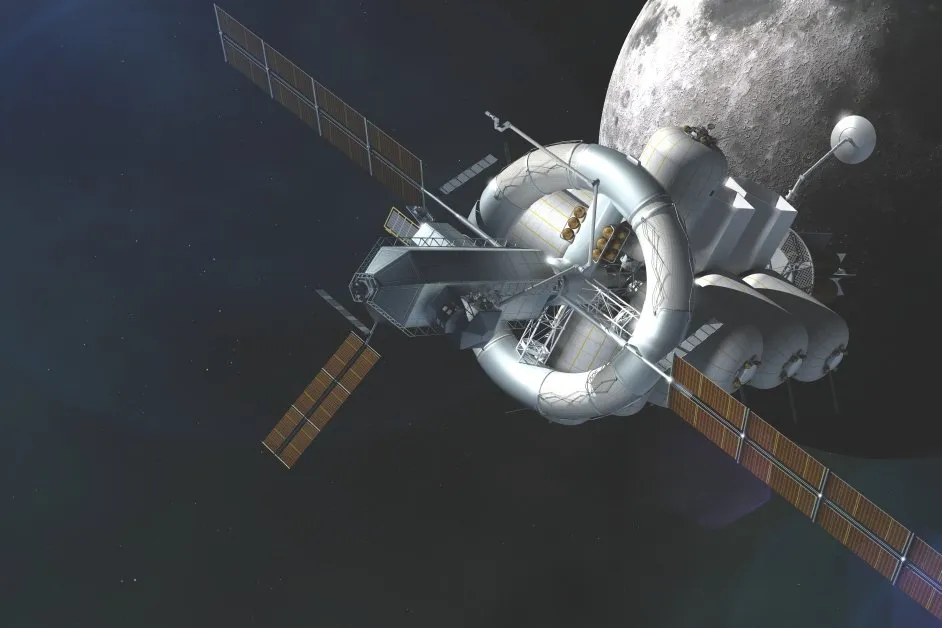
The ring's name owes to the fact that it's the central component of a proposed deep-space exploration vessel called the Nautilus-X. The Apollo configuration of a crew module and lander can get us to Mars, albeit uncomfortably, even with the Orion capsule's greatly expanded interior volume and an added inflatable habitat. But to go beyond Mars, and to do it with an acceptable degree of safety, something more robust is needed.
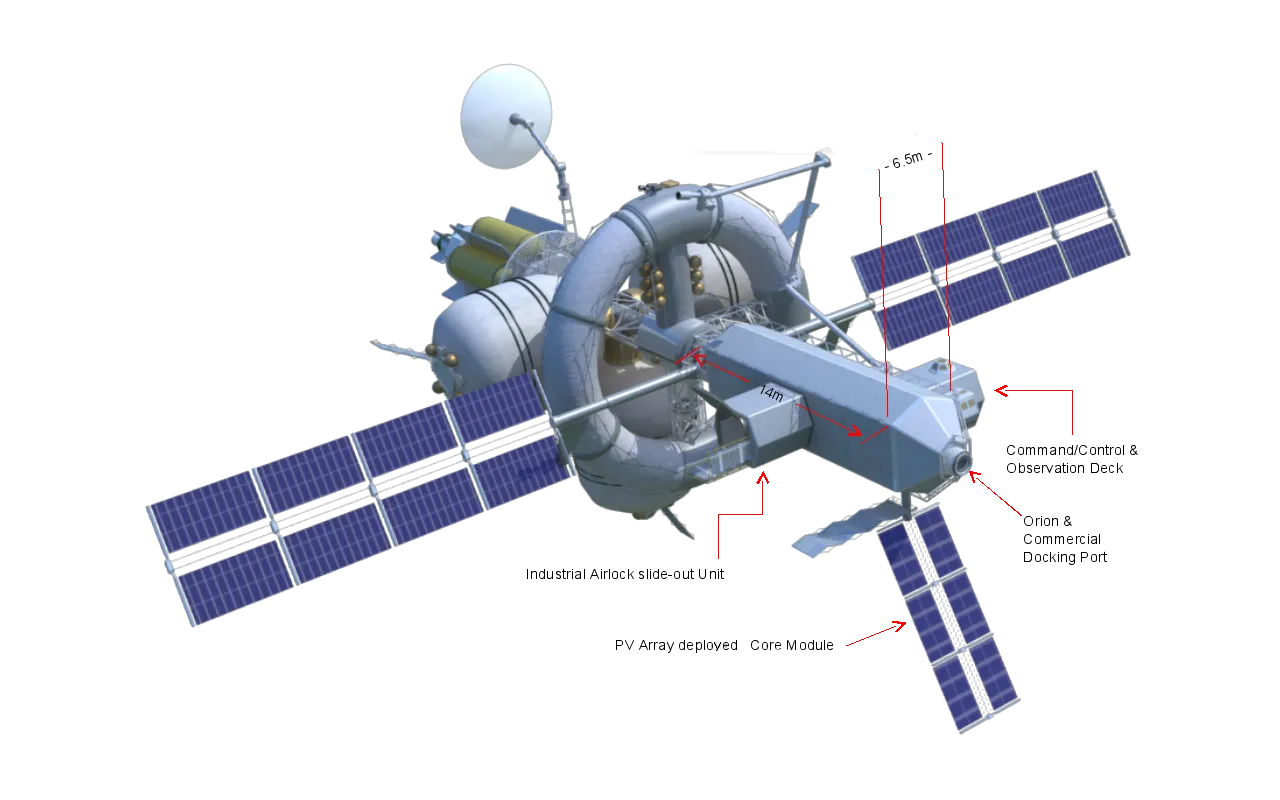
Much in the sense that the Space Shuttle was meant to be a reusable, robust "Space bus" for going to and from LEO, the Nautilus-X is meant to serve the same purpose, but between planets. It will never land as it's much too large and not designed to withstand it. Remaining in space, its purpose will be to leverage the knowledge of modular construction from the ISS program to build what is essentially a mobile ISS that can take astronauts to any destination in the solar system.
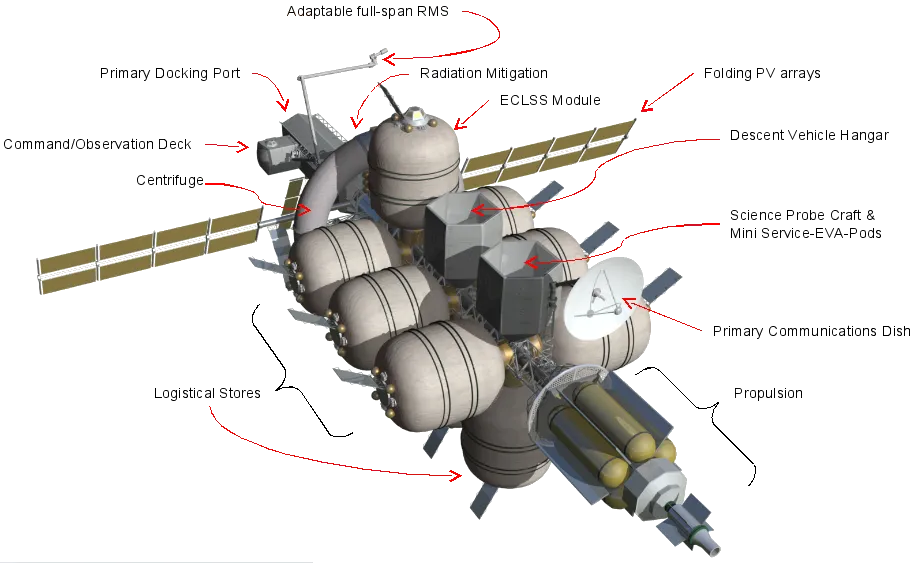
Like the ISS, the Nautilus-X can be expanded over time with additional inflatable storage modules, different types of propulsion and power generation, whatever the mission requires. The abundance of storage when compared to the Orion capsule means astronauts will be able to take along more supplies than they need. More oxygen, more water (though of course both will be reused) more food, more redundant replacement parts and so on.
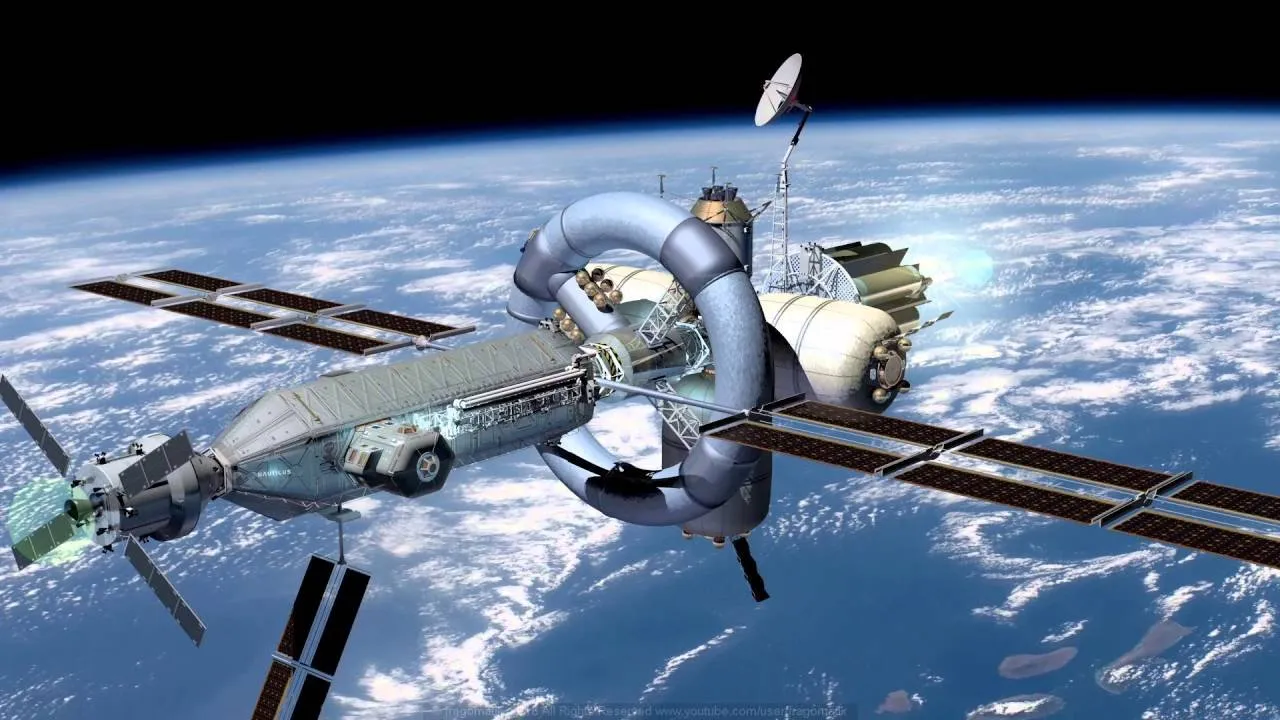
The redundant landers increase options in the event of a disaster which strands one or more astronauts on a planetary surface. The ring makes it possible to endure much longer missions without serious health complications, and the VASIMR (variable specific impulse magnetoplasma rocket) this thing is slated to use will make much faster travel times within the solar system possible.
While it is still interesting to see live feeds from the ISS on the news, to hear what they are up to, just imagine if every time, it was in orbit around a different planet. Our very own rudimentary Starship Enterprise, on its own ongoing mission to and from various destinations in our solar system, reporting what they find to an eager global public!